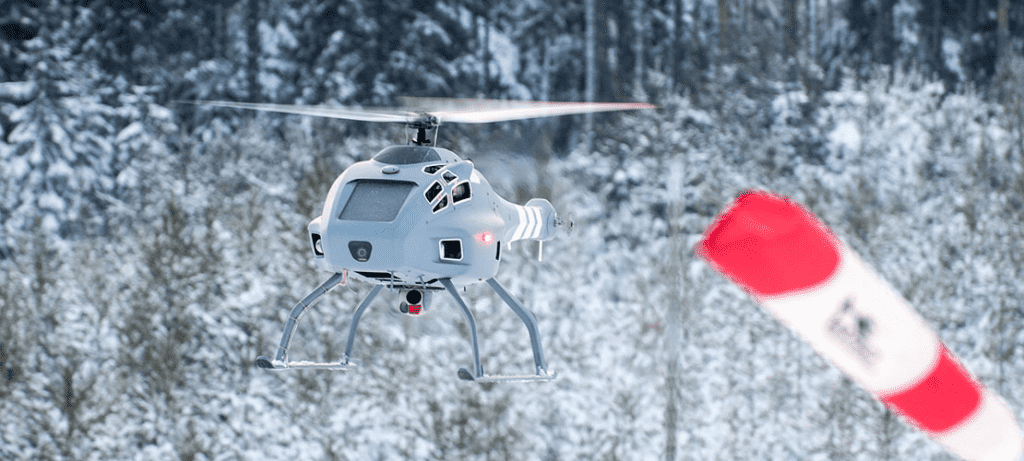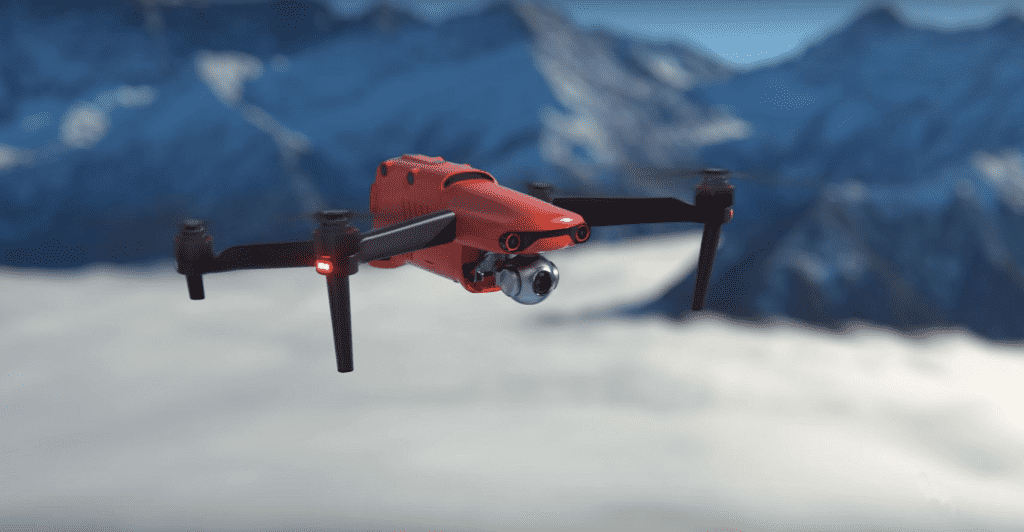Disrupting wireless communications between the drone and those in control is the quickest approach to eliminate a drone that poses a security risk. However, modern drone control systems that use laser beams rather than radio frequency communications are unaffected by signal jammers designed to block radio frequency communications.
And even though drones can already deliver munitions and even conduct espionage from a distance, numerous ways to stop them from fulfilling their tasks have been created. But many of these systems also need intricate detectors that recognize and follow a drone’s movements. For example, it is far easier to employ signal jammers to block communications between a drone and its pilot or the satellites that enable it to steer on its own.

When it comes to signal jammers, QinetiQ, a British company, has developed a method to remotely operate drones without radio transmissions, which can be interrupted and intercepted.
Under the UK Ministry of Defence’s DSTL Air Command and Control, Intelligence Surveillance & Reconnaissance and Interoperability program, QinetiQ demonstrated the proficiencies of the laser system.
The new method uses Free-Space Optical Communications (FSO, or FSOC), which exchanges radio transmissions for invisible light beams that are impossible to interfere with or intercept without physically establishing a barrier or detector between the transmitter and the aircraft.
QinetiQ recently tested a drone that employs lasers for a high-bandwidth line of communication between a drone and a ground station, which, with enough power, can communicate with a drone.

The method has some disadvantages as well. The communications cannot be blocked remotely, but they have a line of sight limits, which means that if there is an impediment, such as a mountain, between the pilot and the drone’s destination, the system will not function. Lasers will likewise be ineffective for an autonomous drone that relies on GPS signals for navigation. It could still use the high-bandwidth laser technology to beam back live films or imagery safely, but it would be vulnerable to signal jamming countermeasures.

While signal jamming is no longer an issue, countermeasures such as a well-aimed shot pose a significant threat to the laser-controlled drone.


